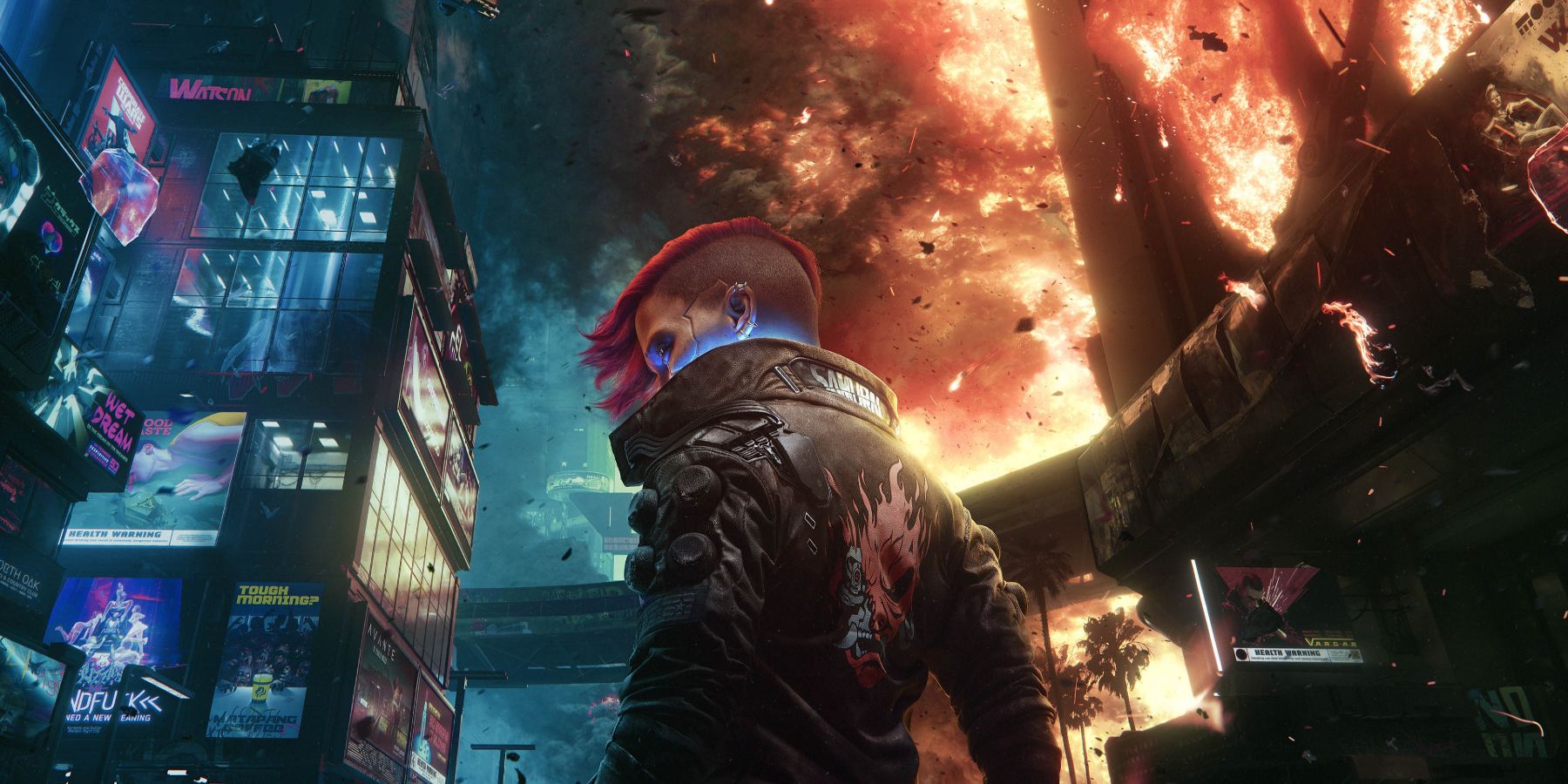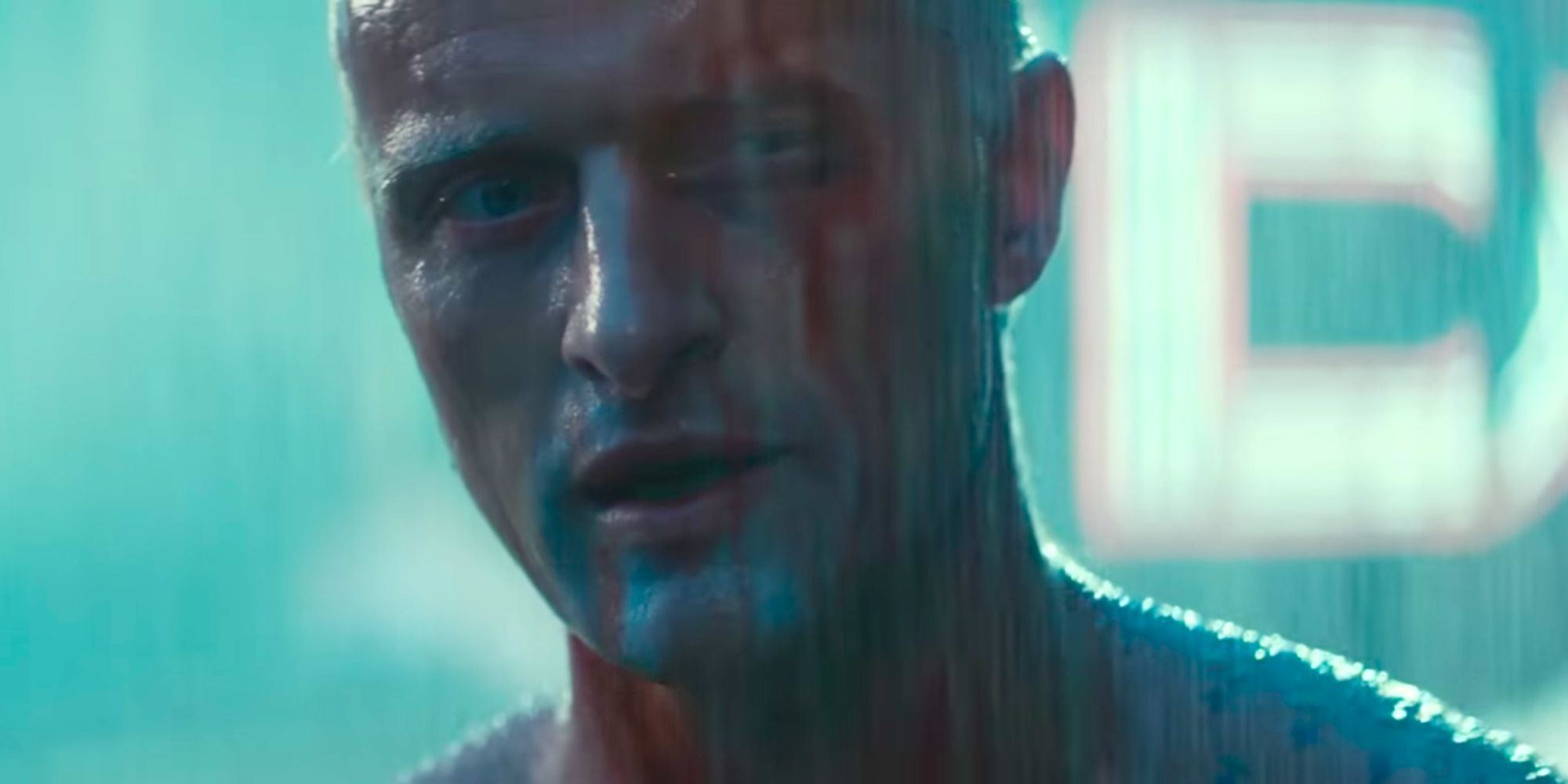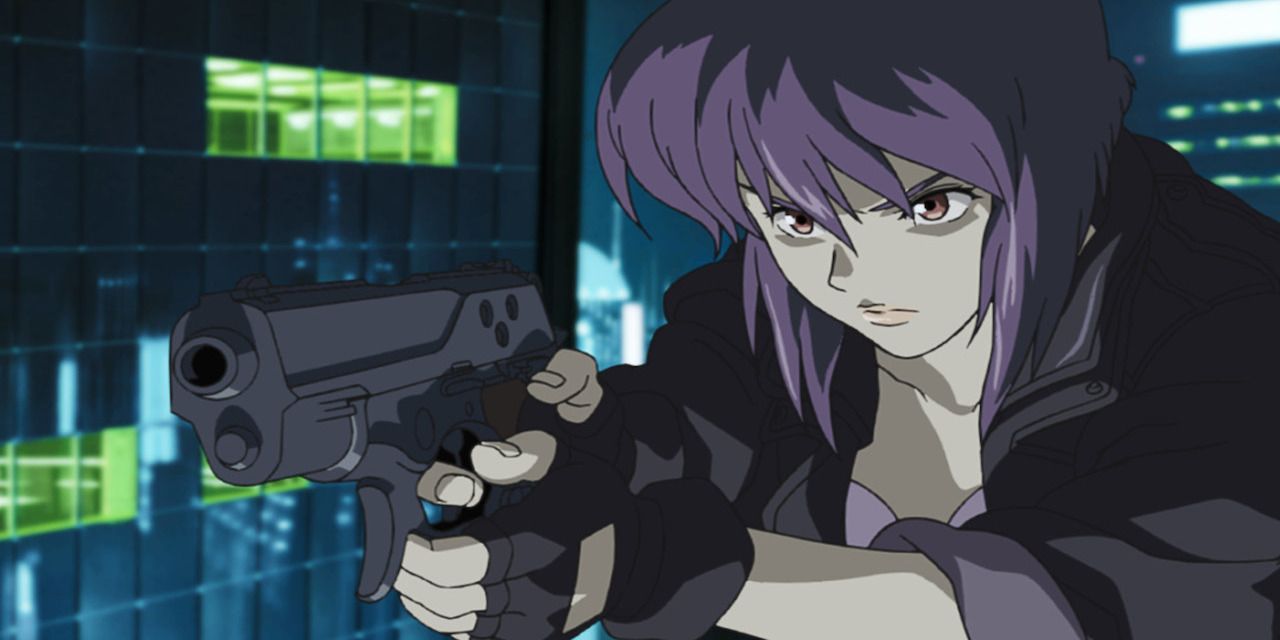The term "cybernetic" refers to the melding of flesh and machinery, while "punk "refers to the aggressive and rebellious genre of hard rock music. Combining the two evokes imagery of robotic augmentation, artificial intelligence, rebellion against corporate oligarchy by a battered but scrappy underclass, and Keanu Reeves.
Today, seeking out the word cyberpunk mainly turns up results about the CD Projekt Red video game that uses the name. That blockbuster title was inspired by a tabletop RPG, which in turn was inspired by decades of fiction that gradually defined and perfected the subgenre that has remained immensely popular and depressingly prescient.
The term cyberpunk was coined by writer Bruce Bethke as the title for his 1980 short story, but the aesthetics and themes that make up the genre came into use long before then. Literature was the original home of cyberpunk, as the 1960s New Wave of science fiction attempted to keep up with and realistically present the social upheaval of the era. Bringing the razor's edge of current events to the optimistic balloon of utopian fiction led most artists toward crushing dystopia, tinged with new expectations of technology. Samuel R. Delaney, J. G. Ballard, Harlan Ellison, and many more groundbreaking visionaries laid the framework during the 60s. Delaney's 1968 novel Nova introduced the idea of interfacing with computers via neural implant, an important mainstay of the genre. The same year, the subgenre's largest building block was laid into place; Philip K. Dick's novel Do Androids Dream of Electric Sheep?.
Inspired by Asimov's Robot series, Philip K. Dick's opus is better known today by the name Blade Runner, the movie it inspired. Ridley Scott's 1982 film is both steeped in and key to the fundamental aesthetic and thematic elements of the cyberpunk genre. By the release of the iconic film, the term was coined and much of the groundwork was laid for the subgenre to grow. Dick's protégé K. W. Jeter doesn't get the credit, much to Dick's chagrin, but his 1972 novel Dr. Adder preceded many of the cyberpunk genre's hallmarks. Blade Runner, a controversial film at the time of its release, kicked in the doors and shot cyberpunk from an obscure literary subgenre to one of the most popular aesthetics in media. But while the screen was the medium for the most well-known cyberpunk works, the page was still where most of the big breakthroughs were made, and where the genre took its form.
Two years after the theatrical release of Blade Runner, William Gibson created the most important single work in the subgenre: Neuromancer. The story follows a low-life hacker with a checkered past, forced to take on a dangerous task that brings him in close contact with a complex AI. If one stumbled onto Neuromancer without context, they'd find almost every detail replicated somewhere else. The novel is as influential as a work can possibly be; from cyberspace to the underdog hacker protagonist, to the cybernetic enhancements, to the questions about AI and humanity, and much more. The work is so important that Bethke, who had just coined the term cyberpunk four years earlier, repeatedly argued that the genre and its writers should be renamed "Neuromantics" because everyone in the genre was just taking notes from Gibson. Neuromancer is effectively a cyberpunk textbook, but it's not the only one.
Bethke was right: what was once a varied and experimental genre swiftly devolved into thousands of ripoffs of Gibson's opus. The tipping point came in 1992 when the subgenre experienced a perfect parody in Neal Stephenson's Snow Crash. This work, along with Bethke's doubling down in the form of 1995's Headcrash, signaled the end of the genre's golden era. It was time for other mediums to pick up the cybernetically-enhanced baton and run with it. Like many sci-fi subgenres of the modern era, Japan was happy to develop and innovate it into what people know and love today. Anime and manga were hugely impacted by cyberpunk. Katsuhiro Otomo's 1982 work Akira, Masamune Shirow's 1989 Ghost in the Shell, and even Shinichiro Watanabe's 1998 magnum opus Cowboy Bebop all represent landmark moments in cyberpunk history. Anime and manga have remained important vectors for the cyberpunk subgenre, while also providing many of the best images to communicate its message.
Blade Runner wasn't the only big cyberpunk effort on the big screen, nor even the only one adapted from a Philip K. Dick story. Unfortunately Johnny Mnemonic and New Rose Motel flopped hard at the box office. Of course, the big on-screen cyberpunk work, the one that revolutionized the genre while borrowing almost every major hallmark from either the page or the Japanese, is The Matrix. Most cyberpunk films didn't land, as something about the subgenre seems to work better on the page or in animation; however, The Matrix found the perfect mix to make an enduring success.
Even the music world has had some success with the subgenre. Billy Idol's 1993 album was called Cyberpunk and sought to embody the genre with mixed success. Nine Inch Nails and other industrial metal acts referred to similar themes. David Bowie, Sonic Youth, and even Madonna tinged an album or two with cyberpunk aesthetics. Nowadays, vaporwave and synthwave exist as modern incarnations of cyberpunk music.
Cyberpunk has had a massive impact on almost every major art form. Inspired by the radical creativity of the 60s, every time a work depicts cybernetically enhanced underdogs taking on the megacorporations, they do so with a rich history behind them and many great works ahead.



